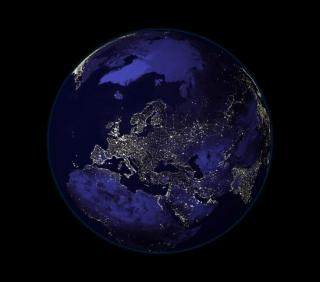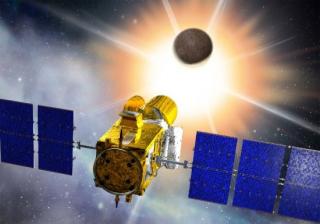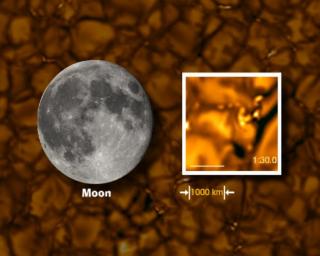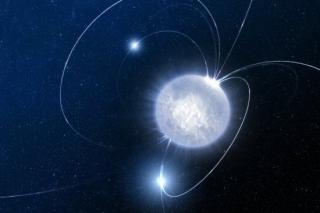
La Norma (31/10/1988) se ha convertido en un precedente que han seguido otras comunidades españolas como Cataluña, Baleares o Andalucía
Advertised on
This section includes scientific and technological news from the IAC and its Observatories, as well as press releases on scientific and technological results, astronomical events, educational projects, outreach activities and institutional events.





